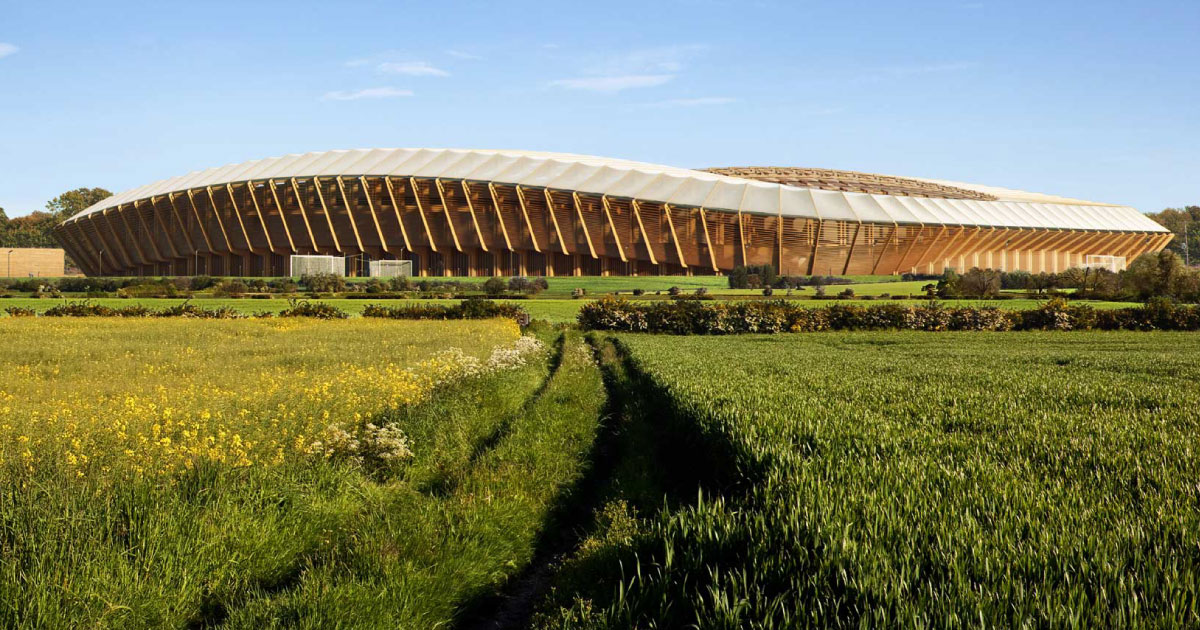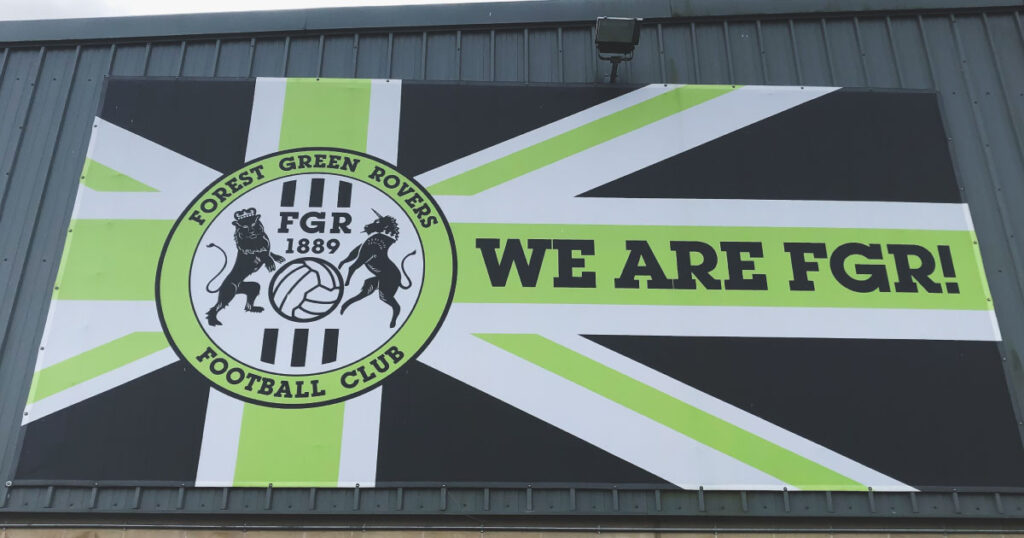
From the “Golden Goal” to the “Green Goal” – The Sustainable Future of Football
Football, the sport that captures the hearts of billions worldwide, has a long history of evolution both in its rules and its cultural impact. From 1993 to 2004, fans had to hold their breath in anticipation of the Golden Goal – a rule used to decide knockout matches that went into extra time. According to this rule, the first team to score during extra time would immediately win the match. The Golden Goal is especially remembered by the teams that benefited from it (Germany in the Euro 1996 Final, France in the Euro 2000 Final). Despite moments of pure adrenaline and drama, the rule was abandoned in 2004, replaced by regular extra time and the Silver Goal (which was used less often and also abandoned shortly after).
Today, the world of football faces a challenge that may be less thrilling but far bigger and more complex: the climate emergency. Climate change, with its increasingly evident and alarming consequences, has forced the football industry to look beyond the pitch and consider its role in the global environmental crisis. It is in this context that the concept of the “Green Goal” has emerged – a movement that represents a fundamental paradigm shift in the sport. This innovative approach aims to transform football from a potential contributor to the climate problem into a catalyst for positive change. The “Green Goal” is not just about changing the rules of the game, but about redefining the entire football ecosystem, from stadium management to event organization, and even fan behavior.
This transition towards a greener football is not without challenges. It requires significant investments, changes to well-established habits, and unprecedented collaboration between clubs, federations, sponsors, and fans. However, the potential positive impact is enormous. Football, with its global reach and power to influence billions of people, has a unique opportunity to lead a cultural shift towards sustainability. The “Green Goal” is therefore much more than just an environmental initiative in the world of sport. It is a symbol of how even the most traditional and beloved institutions can and must adapt to the challenges of our time.
While the “Golden Goal” marked an exciting but brief era in football history, the “Green Goal” aims to usher in a new era of environmental and social responsibility, ensuring that the world’s most popular sport can continue to thrive on a healthy and sustainable planet for future generations.
Football, despite its spirit of competition and entertainment, has a significant environmental impact. The main sources of pollution come from the intensive use of energy in stadiums, the transport of fans and teams, the production of sports equipment, and the construction of infrastructure. A report by the British organization *Carbon Trust* estimated that a single Premier League match emits around 1.5 tons of CO2. Considering the entire championship, with 380 matches per season, the overall impact is enormous. FIFA itself has acknowledged that the World Cup generates significant greenhouse gas emissions. During the 2018 World Cup in Russia, it was estimated that the event generated around 2.16 million tons of CO2, most of which came from international transportation of fans and teams. Although final data on the World Cup in Qatar are not yet available, preliminary estimates suggest they may have surpassed these figures.
In recent years, global football organizations have become aware of the problem and have begun to take significant initiatives to make the sport more sustainable. One of the first concrete steps is UEFA‘s commitment, launching the “Respect the Environment” program with the goal of reducing event-related emissions by 50% by 2030. This project aims to make major international tournaments, starting with the Euros held in Germany this year, environmentally sustainable events. Stadiums have been equipped with solar panels, rainwater recovery systems, and recycling policies for materials used during competitions. In addition, efforts have been made to reduce the use of single-use plastics in stadiums, promote public transportation for fans, and adopt green technologies for pitch maintenance.
Major football clubs are also seeking to embrace the sustainability movement, not only to respond to growing environmental concerns but also because the public, especially younger audiences, are increasingly sensitive to these issues. Clubs like Arsenal and Manchester City have heavily invested in sustainable facilities. Arsenal’s Emirates Stadium, for example, is equipped with a solar energy system, while Manchester City has introduced a rainwater recycling irrigation system for its pitch. In Italy, Juventus has embarked on an energy efficiency project, making the Allianz Stadium one of the most sustainable stadiums in Europe, with solar energy systems and water recycling systems.

Serie A has also announced plans to adopt stricter environmental policies, aiming to make competitions sustainable by 2030, building on the initiatives undertaken during the last Coppa Italia final.
The goals set by global football organizations are ambitious. FIFA has committed to becoming carbon neutral by 2040, through emissions reductions, the use of renewable energy, and carbon offset programs. The stadiums for the next World Cup in 2026, to be held in Canada, the United States, and Mexico, are designed to minimize environmental impact, and it is expected that about 30% of the energy used will come from renewable sources.
Attention to sustainability in football is set to grow, not only for environmental reasons but also in response to increasing pressure from fans and sponsors. Multinational companies, often partners of football clubs, are pushing for greener policies, aware that greater environmental responsibility is crucial for the reputation and success of their brand. Sponsors such as adidas and Nike have already launched sustainable production programs for team jerseys, using recycled materials.
Additionally, fans themselves are increasingly involved in promoting sustainability. Some clubs, like Forest Green Rovers in England, have stood out as pioneers in the field of “green football.” Forest Green is, in fact, the first fully sustainable football club in the world, with a wooden stadium and 100% vegan meals for players and staff.
The transition from the “Golden Goal” to the “Green Goal” is a symbolic shift that reflects a global necessity. Football has the potential to become a leader in the movement towards sustainability, influencing billions of people worldwide. The goals are ambitious, but with the support of fans, teams, and organizations, the future of football could not only be greener but also fairer and more inclusive for all.



